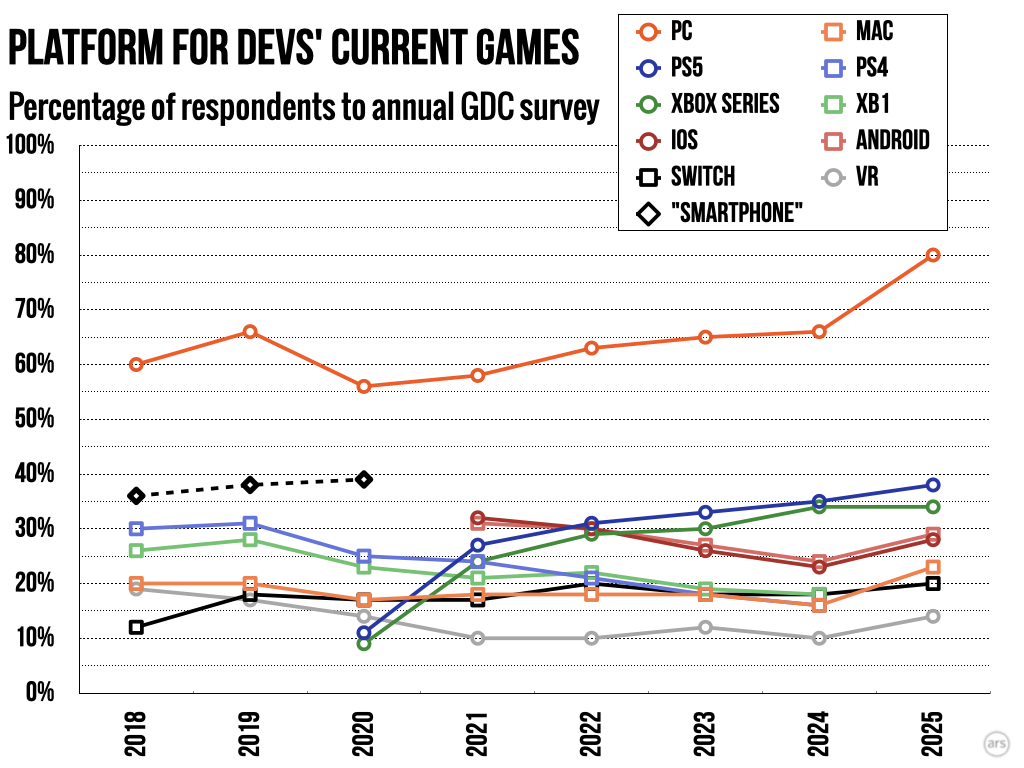-
 chevron_right
chevron_right
For real, we may be taking blood pressure readings all wrong
news.movim.eu / ArsTechnica • 24 January • 1 minute
Last year, a study highlighted that your doctor's office might be taking your blood pressure wrong . The current best practice is to take seated blood pressure readings with a detailed protocol: Patients must not eat, drink, or exercise for 30 minutes prior; they must have an empty bladder and sit calmly for five minutes prior to the first reading; they must sit with their feet uncrossed and flat on the floor; their back should be supported; and—a big one that's often overlooked—they must keep the arm to be measured resting on a flat surface at the height of their heart, not higher or lower.
While the setup is often different from what happens in a bustling medical office, a new study blows away quibbles over protocol and suggests that even when done perfectly, the method is second-rate. We shouldn't be sitting at all when we take our blood pressure—we should be lying down.
According to the study, published in JAMA Cardiology and led by researchers at Harvard , blood pressure readings measured while lying down were significantly better at indicating risks of cardiovascular disease, stroke, heart failure, and death than were seated blood pressure readings alone.




 While the PC has long been the most popular platform in this survey, the sudden jump in the last year was rather large.
Credit:
Kyle Orland / Informa
While the PC has long been the most popular platform in this survey, the sudden jump in the last year was rather large.
Credit:
Kyle Orland / Informa